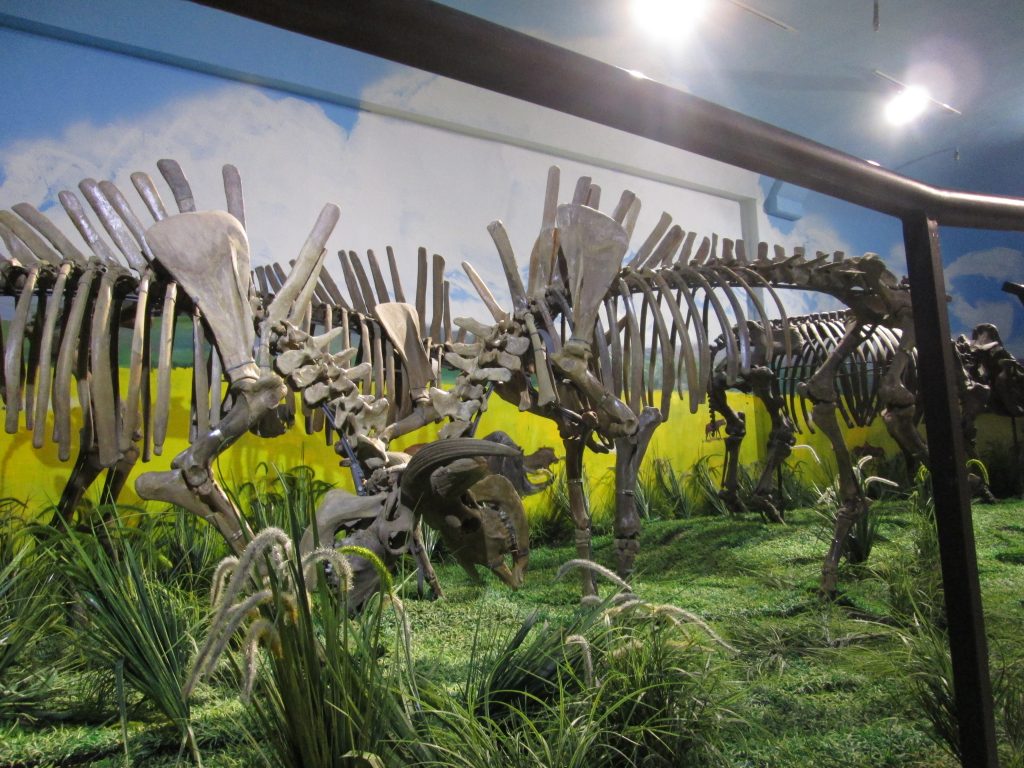First published in Tulay Fortnightly, Chinese-Filipino Digest 28, no. 6 (August 18-September 7, 2015): 13.
In the last quarter of the previous school year, my daughter’s second grade class did an investigatory project on museums. For their project, the class created a web of what they already knew about museums. One assignment was to bring a list of museums they have visited.
As I am a museum worker, my daughter won hands down as the child who has been to the most number of museums – 22 (seven museums abroad and 15 in the Philippines).
For this investigation, Achi was so proud to bring her classmates to Bahay Tsinoy, where they were allowed into the technical room. Our technicians taught them how to adjust the lights and turn the sound effects on and off. At Museo Pambata, they were given a short talk by the carpenters and maintenance staff about how much inadvertent and deliberate damage is done to exhibitions during museum visits.
It is still a little difficult for them to comprehend the exponential effects of thousands of fingerprints on museum objects, but they tried and they realized how small actions may have large repercussions on exhibitions.
Many of my friends say their children are not interested in museums and they wonder why mine are such museum savvy kids. As with everything in life, start them young.

When Achi first went to the National Art Gallery of the National Museum, she was only three. Looking at Juan Luna’s “Spolarium” was not the same as analyzing the painting. All we talked about were colors she recognized and how the size (4.22 x 7.67 meters) compared to the other paintings in the same room.
I had thought that as young as she was, she would not remember anything from that visit. But one year after, she remembered Robert Feleo’s “Tau-tao” installation that tells of the Bagobo myth of the afterlife. We were passing by the National Museum, as we often do when going home from the office, and she suddenly remembered that the building had the flying man inside.
The girls refuse to return to Ateneo Art Gallery until I am absolutely sure that there are no more creepy things inside. The last time the two were there was in 2014 when I had a meeting and Rodel Tapaya’s “Bato Balani” was up.
The main feature of the exhibit was Modern Manananggals, where torsos of mannequins on the ground were painted with various images. The top half of the manananggal were hung from the ceiling, with some even carrying/pulling luggage – channeling the experiences of our overseas Filipino workers going to distant countries in search of a better life for their families.
Both girls were also creeped out by “The Many Faces of Mona Lisa” at the West Gallery of Solaire. Artists created different variations of Leonardo da Vinci’s Mona Lisa. The first one they saw was unnerving as the eyes were covered with a white rectangle. Both held my hands tightly, closed their eyes and made me run through the exhibit.
As young as they are, they have opinions about the artworks they see. And we start them off from there. In the early years, I show them artwork and all we talk about are colors and shapes. As they grew older and could communicate better, I asked them about the feelings they have when they look at paintings.

Achi loves abstract art. She said they make her feel like flying and her imagination can make pictures out of everything she sees. The art teachers in school and my friend Baldwin Kho, who teaches them art over the summers, are a great help. In first grade, I asked Achi what those yellow streaks on her paper was. She replied matter-of-factly: “Impasto” as if I should know it already.
At 7 years old, she recognizes some visual art techniques already – pointillism, cubism and sometimes gives lectures to Shobe. At home recently, she was teaching her younger sister to use shapes for her animals. “Z, it’s called cubism. You use all squares and rectangles to draw the princess and the horse.”
At the BenCab Museum in Baguio, Shobe loved the entire wall of bulol sculptures. She is quite t’ien t’o (Hokkien or mischievous) and said she loved them because they look like they were pooping. [Editor’s note: Tulay welcomes suggestions on what the Chinese characters for t’ien t’o are.)
The girls are comfortable saying what they think because they are used to going around museums. They also know that they can say whatever they want. After all, these are opinions.
These days, I ask them about what they think and feel and then follow up with “What makes you say that?”
As they grow older, they have to begin referencing their thoughts. Their opinions are always valid, but now, they need to support these opinions with fact. Fact is based on what they see and read from the captions.
At the Museum of the Filipino People, they asked me why there was a rubber slipper on top of the midden. (At the opening portion, there is a small wall that portrays sample layers of Philippine soil – soil, shells, rocks. On top of the shells is beach sand where the rubber slipper is embedded.)
This is the perfect learning moment and our conversation goes somewhat like this:
Me: What is under the slipper?
Them: The beach.
Me: Do you remember the beach in Pangasinan?
Them: The one with waves and plenty of basura?
Me: Yes. So do you think this could be the beach in Pangasinan?
Them: No. This one has white sand; the Pangasinan one was black. But the garbage is the same. Nanay, it’s really bad when people leave garbage. Kasi wala naman maglilinis nun e.
And we segue to a conversation about saving the environment, cleaning up after ourselves and packing away their toys.
Whenever we go anywhere, we search for museums in the area so we can check out the local history and culture.
Achi is ready for history lessons. She knows quite a lot about Philippine heroes so I use them as reference points, i.e. Juan Luna is from the same period as Jose Rizal. World War II (at the Mt. Samat National Shrine) was the time right before their Ahma (grandmother) was born.
I understand my museum-going family belongs to a very small percentage of the population. What we have to appreciate though is the benefit that museums contribute to the overall learning our children get. Decades of research reveal that museum visits benefit children. They provide a different learning experience for children, often stretching their imaginations and extending their knowledge.
As parents, we sometimes feel that we might not be able to answer children’s questions about what they see. Think of it as a shared learning experience for both parents and children. Museum workers are often on hand to answer difficult questions. As well, browsing the web together after the museum visit is another parent-child activity that could be fun.
Showing children that there is more to learning than the four walls of the classroom is one path to take so they realize that learning never stops.
